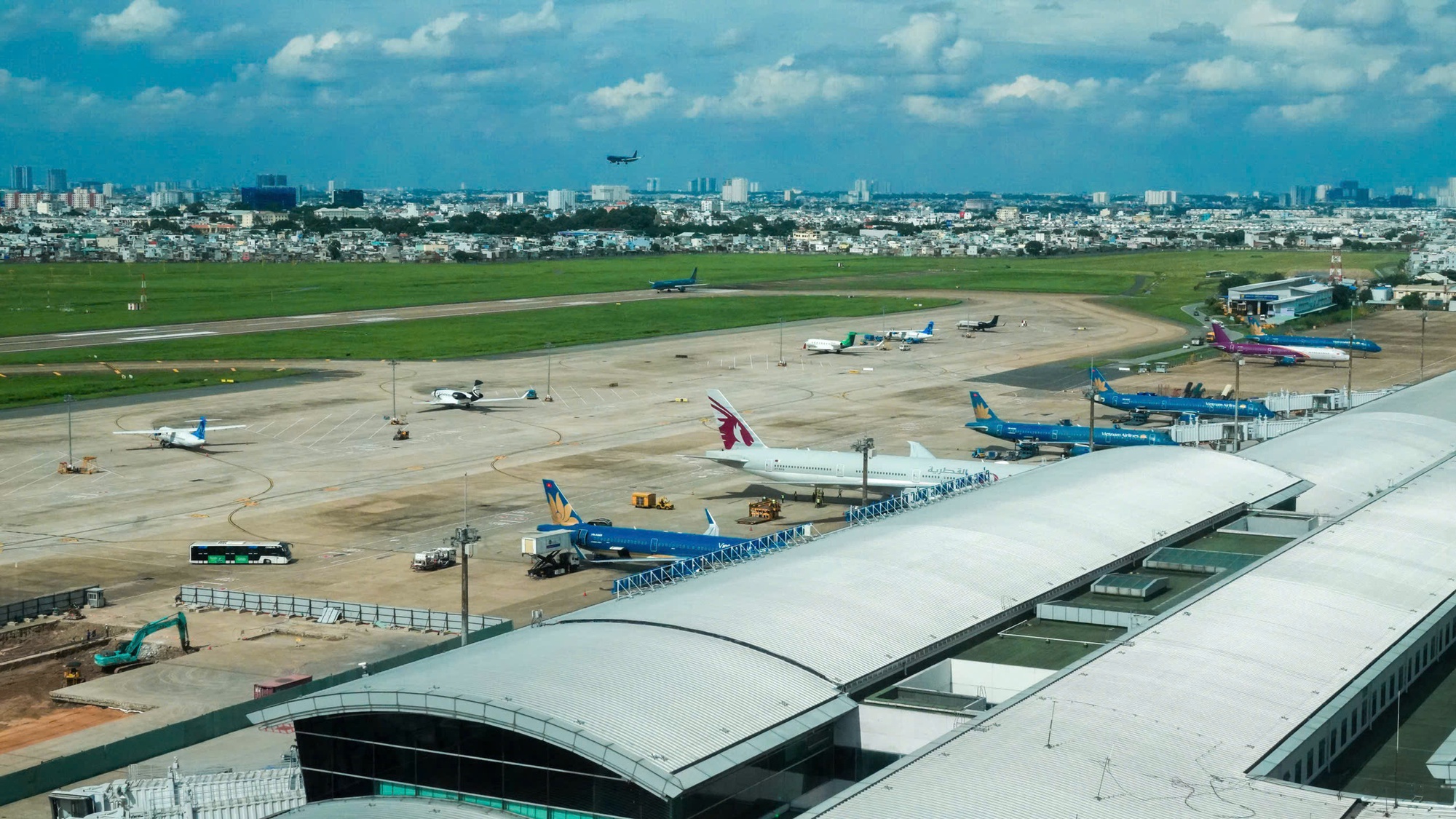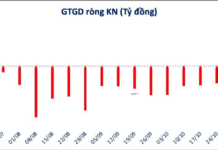The proposal to transfer all international flights from Tan Son Nhat Airport to Long Thanh Airport during the first phase of its operation has garnered support from several management agencies. The reasoning behind this decision is that it would streamline management, coordination, and operations.
However, what is “easy” for managers may prove “difficult” for passengers, especially international travelers. When inconveniencing millions of passengers, careful consideration is imperative.

Authorities propose transferring all international flights from Tan Son Nhat to Long Thanh Airport
From an organizational standpoint, consolidating all international flights into a single hub offers undeniable advantages: centralized customs, immigration, and coordination of operations, reduced risk of mistaking airports, and improved connectivity between international airlines. Additionally, it would relieve congestion at Tan Son Nhat Airport, allowing it to focus solely on domestic flights.
These arguments seem logical… from a managerial perspective. But there’s more to consider:
Long Thanh Airport is over 40 kilometers from Ho Chi Minh City’s center. The current infrastructure connecting the two is inadequate and inefficient. The highway hasn’t been expanded uniformly, the metro system is non-existent, and high-quality public transportation is yet to be operational. For early morning or late-night flights, passengers face an exhausting journey.
The inconvenience magnifies for passengers with connecting flights between international and domestic destinations. For instance, consider a passenger flying from Paris to Ho Chi Minh City and then onward to Phu Quoc or Con Dao. If all international flights operate from Long Thanh, passengers must go through immigration, collect their luggage, travel for an hour to Tan Son Nhat, and undergo another round of check-in procedures. This adds time, cost, and hassle while diminishing the overall experience.
Imagine being a first-time visitor to Vietnam. Instead of resting or seamlessly continuing their journey, they must grapple with cumbersome transportation and duplicate procedures. What impression would this leave on them?
Long Thanh Airport is designed to alleviate pressure on Tan Son Nhat and elevate Vietnam’s aviation capabilities. However, these goals can only be achieved if Long Thanh provides convenience and an exceptional experience from day one. While immediately transferring all international flights may benefit operations management, it could also lead to a negative perception of the new airport if passengers encounter inconveniences.
Rather than abruptly shifting all international flights from Tan Son Nhat, a gradual transition over 3-5 years is advisable. Initially, Long Thanh Airport could handle long-haul international routes and selected ASEAN flights, while Tan Son Nhat continues to serve short-haul international flights, especially those offering convenient connections to domestic destinations.
Concurrently, it is essential to enhance the connecting infrastructure by expanding the Ho Chi Minh City-Long Thanh highway, introducing express bus services, and exploring options for light rail or metro links between the two airports. Additionally, implementing seamless check-in and automated baggage transfer systems between Long Thanh and Tan Son Nhat would alleviate the burden on passengers with connecting flights, eliminating the need for them to carry their luggage back and forth.
The aviation industry exists to serve people, not management dashboards. While efficient management is essential, ensuring passenger convenience is non-negotiable. Shifting all international flights to Long Thanh Airport without sufficient supporting infrastructure and services is a risky endeavor.
As the international gateway to Vietnam, Long Thanh Airport cannot afford to operate in a “trial-and-error” manner. To ensure it lives up to its potential, let the airport commence operations with the best possible experience, rather than prioritizing managerial convenience over passenger comfort.
Transferring International Flights from Tan Son Nhat to Long Thanh: A Forewarning Lesson from the Philippines and Canada
According to experts, relocating all international flights to Long Thanh Airport could potentially increase travel and operational costs, leading to a host of unforeseen issues. It is imperative to thoroughly consider and calculate the implications, as there are real-world examples of airports that have failed due to their remote locations and inefficient operations.













































